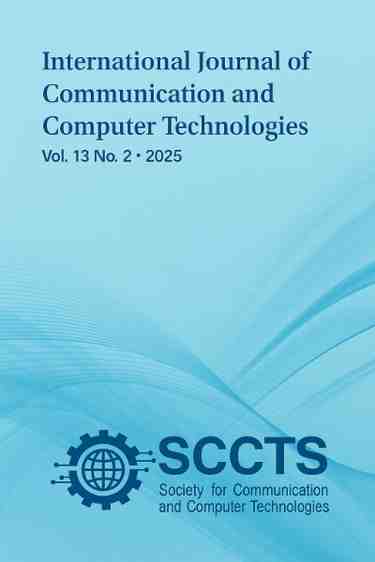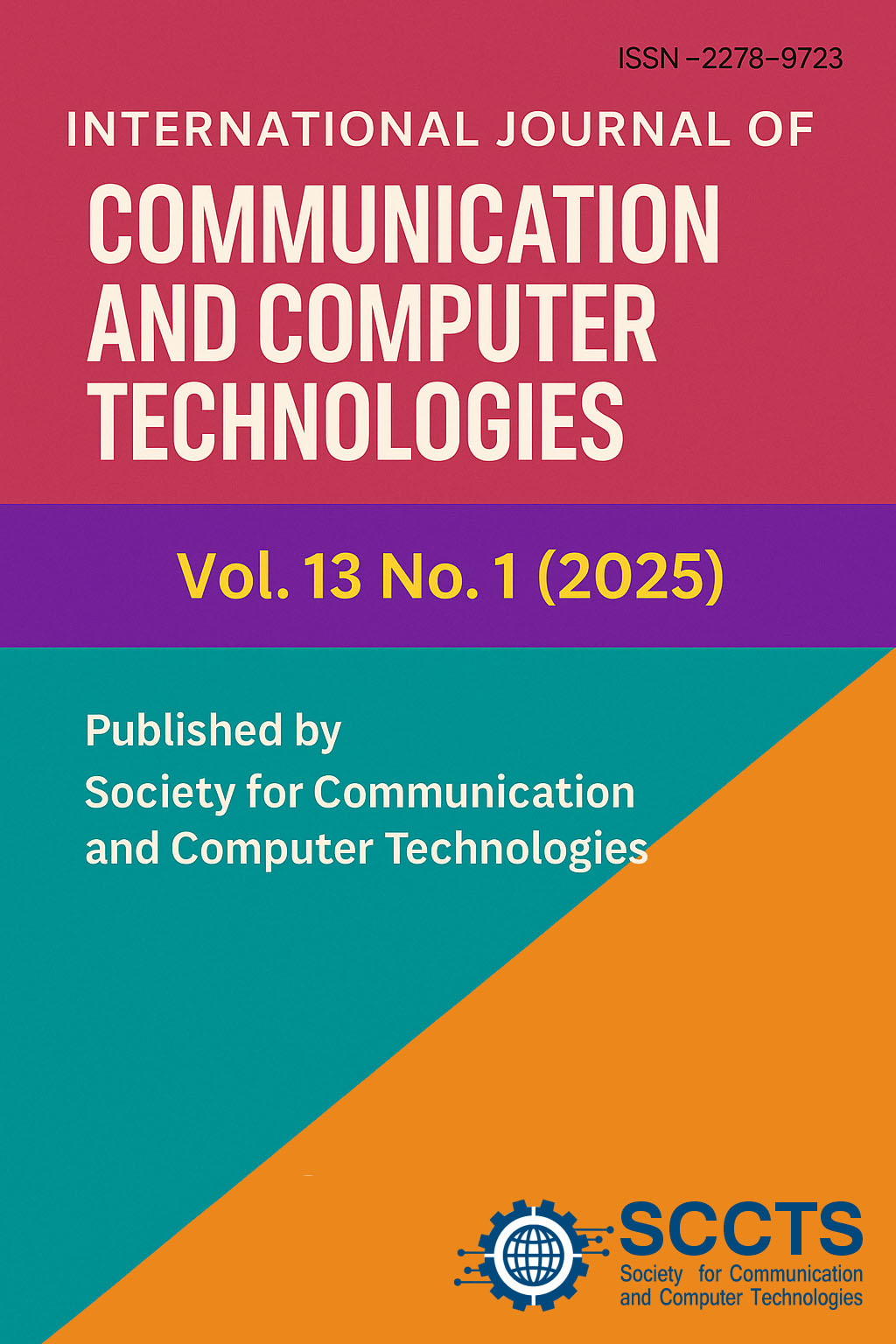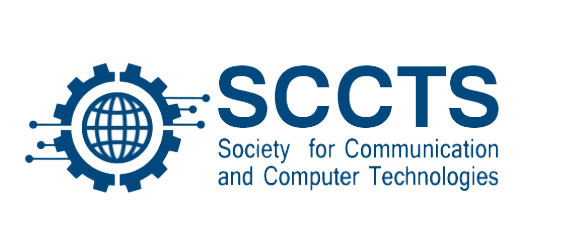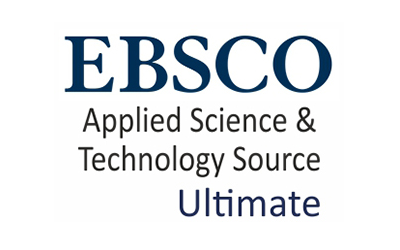Comparative Performance Evaluation of Throughput in Wireless Mesh and Cellular Networks Using Empirical Measurement Models
Keywords:
Wireless mesh networks, cellular networks, throughput analysis, NS-3 simulation, mobility management, hybrid architecture, performance evaluation.Abstract
It is a comparative performance analysis of throughput dynamics in wireless mesh network (WMNs) and 4G/5G cellular communication system concerning various mobility, topology and load conditions. A hybrid measurement system involving empirical field testing and NS-3 simulation was created to determine the effect of parameters of node density, handover frequency, interference and scheduling mechanism on end-to-end throughput performance. The results indicate that WMNs ensure a greater throughput stability and link stability in the case of a topology that is either static or semi-static because of good route reuse and peer-assisted relaying. Conversely, the 4G/ 5G cellular networks are superior to the WMNs in high mobility cases due to adaptive modulation, spectrum reuse, and handover optimization. Comparison of results brings out the trade-offs between the diversity of the multi-hop paths and centralized scheduling efficiency. The paper also suggests a hybrid system applying WMN backhaul and 5G edge nodes in order to combine the complementary benefits of both paradigms. This integrated approach presents a positive change in throughput and spectral efficiency as well as reliability, which gives the insights to design a next-generation heterogeneous communication infrastructure.
Downloads
Published
How to Cite
Issue
Section
License
Copyright (c) 2025 International Journal of communication and computer Technologies

This work is licensed under a Creative Commons Attribution-NonCommercial-ShareAlike 4.0 International License.





 The articles in Worldwide Medicine are open access articles licensed under the terms of the
The articles in Worldwide Medicine are open access articles licensed under the terms of the 